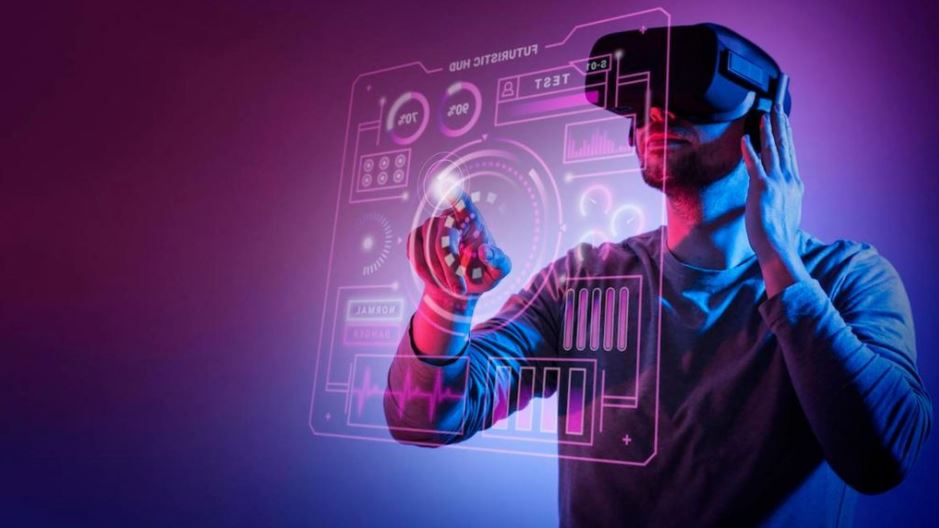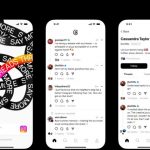Five years ago, launching a decent streaming platform took millions. Now? A teenager with a laptop can build something that reaches millions. That shift…
Smart glasses, can you cheat on a test with them? The AR hidden story

How’s that for a headline right?
I’m sure we’d all love to know what these smart gadgets can do when required.
Disclaimer: This article is for research purposes only and does not motivate or endorse cheating in any way or form. Smart technology including Artificial Intelligence is intended to contribute to consumer brilliance and not replace it.
Now back to smart glasses.
So what are they, smart glasses?
Smart glass technology dates back to the late 1990s, when computer technology wasn’t that advanced, but fast forward to the year 2011, when the first series of smart glasses were introduced with Google as the backdrop.
It was in 2014 that Google’s Tango made an appearance, an augmented reality computing platform developed by Advanced Technology and Projects, a Skunkworks division of Google.
So what do they do?
Smart glasses are wearable devices intended to see the real world overlaid with computer information.
Are they the same as Virtual Reality glasses?
The quick answer is there are similarities, yet the size usually points to which is which.
VR headsets provide a set simulation experience, think pilots, gamers, and homebuyers. VR headsets are usually bulky in size compared to smart glasses which are small and lightweight enough to carry them to perform daily tasks.
VR glasses are not meant to be worn for a very long time. If you’ve tried, you’ll notice the grip around the head does get uncomfortable when gaming.
Smart glasses on the other hand are made for everyday and prolonged use.
With improved cameras and handy trackers, smart glasses are set to perform tasks more accurately, while being used in more industries.
Amazon’s Echo frames are another example of AR glasses that have cameras at the top corners of the frame small enough to go unnoticed unless someone is really looking for them.
Audio speakers strategically placed into the arm make AR glasses an added benefit allowing users to listen to music without having earbuds in.
The right of the temple of the frames is usually small enough to be used to take pictures or videos.
But can they be used to cheat?
Cheating remains unethical and wrong and goes against academic integrity. Hypothetical reasons for an added advantage in an exam point to access to information as the main reason. Users may have the benefit of continued access to information. While we strongly advise against cheating of any kind, access to real-time information using some devices crosses the cheating line.
Another benefit could be real-time assistance where a person wearing smart glasses could try to communicate with someone who could provide answers in real time. Smart glasses do allow concealed displays that can display information discreetly in the wearer’s field of vision.
Translating language is another added benefit of smart glasses. While the benefit can be used for good, in another setting, it could assist a determined student in cutting corners where they should be improving.
Cheating devalues the efforts of honest students and can have serious consequences academically and ethically.
It’s imperative for teachers, evaluators and administrators to be clued up on the latest trends in tech in order to ensure complacency and adhesion to ethics.
Strict policies in institutions including harsher policies against cheating of any kind are viable actions to implement as a penalty for those caught cutting corners.
While the question of whether using smart glasses to cheat can be answered with a simple yes, the real answer should be a clear, yes, followed by the words “you learn nothing by cheating.”
Integrity and honesty are paramount when you approach studies.

Also read: The iPhone 15, price, challenges and what to expect

